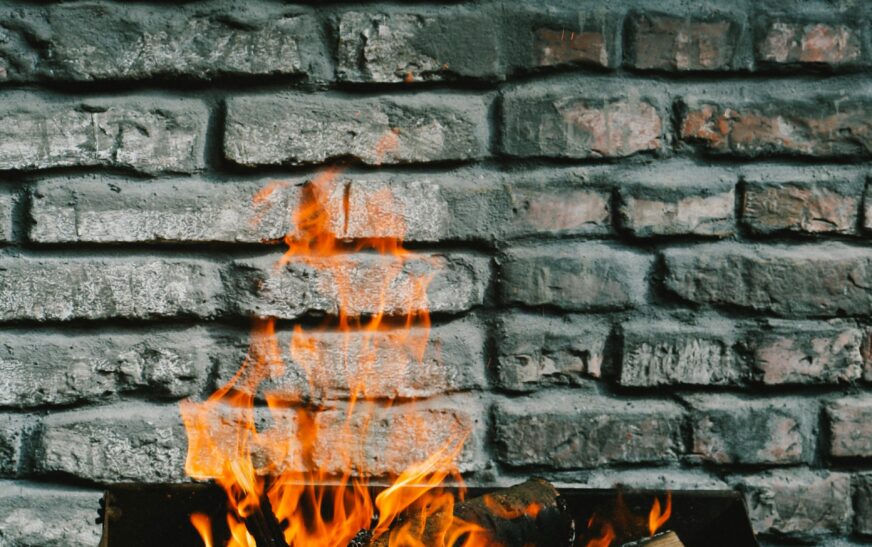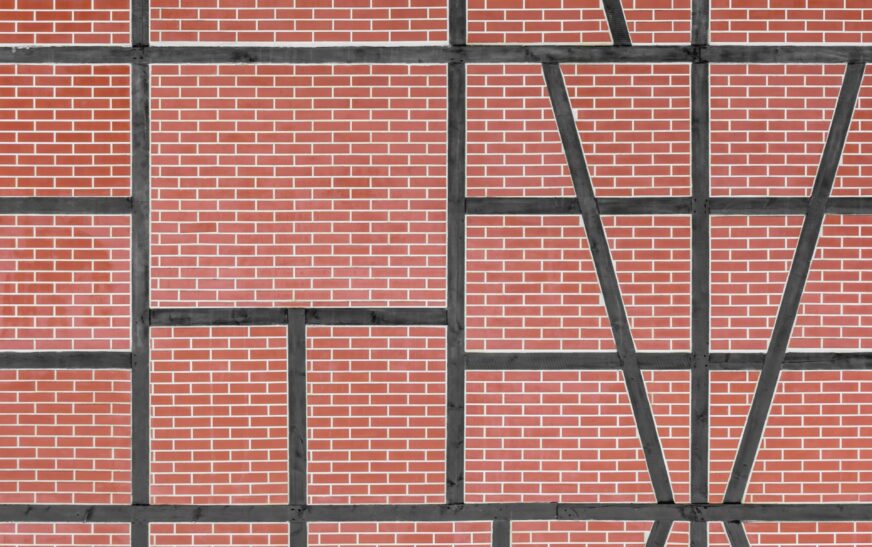At first glance, bricks just look like… well, bricks. Solid, reliable, the kind of thing your neighbor brags about when they give you a “historic home” tour. But throw fire into the mix and the question gets spicier: do bricks burn?
Spoiler: not really. But the why is where it gets interesting.
What Bricks Are Made Of (aka Their Secret Origin Story)
Most traditional bricks are made from clay and shale—natural stuff that gets shaped, then fired in giant kilns at temps of 1,650–2,000°F. Yep, they’re literally born in fire.
That fiery makeover changes their structure, making them dense, durable, and super fire-resistant. By the time a brick makes it to your wall, it’s already survived hotter conditions than most house fires could dish out.
Basically, your bricks have seen things.
Can Bricks Actually Catch Fire?
Nope. Not even a little. Bricks are non-combustible, meaning they won’t ignite, spread flames, or fuel a fire.
Here’s the quick rundown:
- Clay & shale bricks: Totally chill, fireproof champs.
- Concrete bricks: Pretty resistant, though extreme heat can weaken them.
- Fire/refractory bricks: The superheroes—specifically engineered for kilns, fireplaces, and pizza ovens.
So, if your house was in a disaster movie, the bricks would be that unbothered character who calmly walks away from the explosion.
But Can Fire Damage Bricks?
Ah, yes. Bricks don’t burn, but they’re not completely invincible:
- Spalling: If moisture’s trapped inside, it turns to steam under heat and makes the brick crack or chip.
- Thermal shock: Firefighters dousing a wall with cold water = stress fractures.
- Mortar failure: Usually, it’s the mortar that gives out before the bricks themselves.
So, your brick wall may still be standing after a fire, but it might need a little post-trauma spa treatment.
Read More : Do Bricks Burn? A Look at Fire and Brick Behavior
A few reasons bricks shrug off flames:
Composition: Clay and shale don’t burn.
Kiln-fired toughness: They’ve already survived extreme heat.
Density: Solid bricks block fire penetration.
Thermal mass: They absorb and release heat slowly, helping regulate temps.
That’s why bricks are go-tos for fireplaces, chimneys, wood-fired ovens, firewalls, and homes in wildfire zones.










